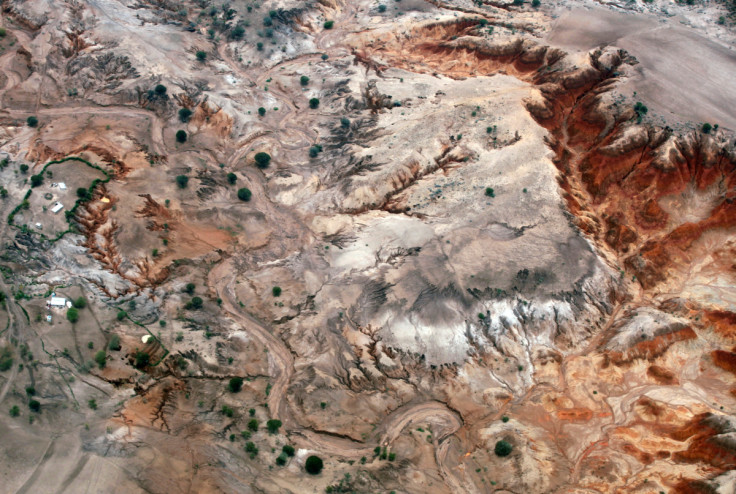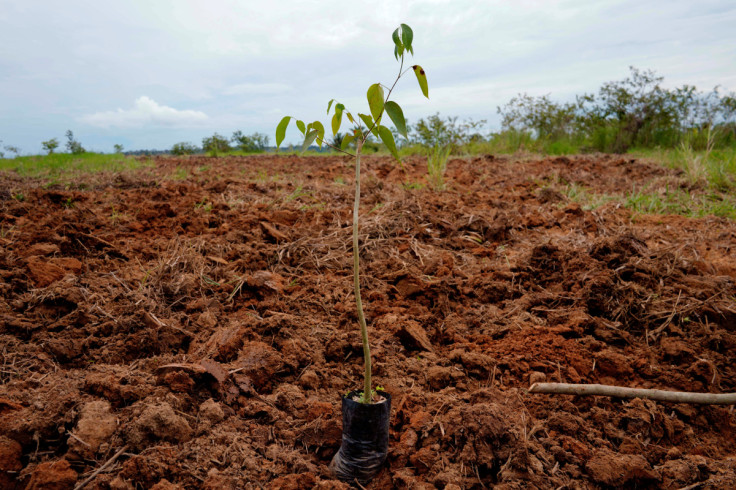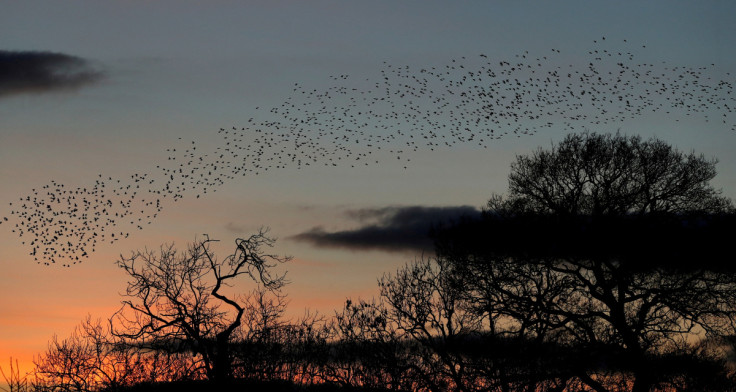Explainer-What's On The Agenda At The U.N.'s COP15 Nature Summit?

A key United Nations summit to halt nature loss begins this week in Montreal, Canada. Delegates from nearly 200 countries will spend two weeks hashing out a new global deal to protect the world's struggling species and fast-vanishing wild places.
Here is what you need to know:
WHAT IS THE U.N. BIODIVERSITY SUMMIT?
This month's Montreal summit is sometimes referred to as COP15, as it is the 15th "conference of parties" - or nations - signed onto the 1992 U.N. Convention on Biological Diversity (CBD).
China holds the COP15 presidency, meaning it is responsible for facilitating year-round negotiations ahead of hosting the deal-making summit. The CBD holds a summit every two years under a rotating presidency. China's COP15 summit has been delayed four times, however, from its original date in 2020 due to COVID.
WHY IS COP15 IMPORTANT?
The world's last set of nature targets - the Aichi Targets - expired in 2020. Currently, there is no global agreement in effect.
Nevertheless, there are currently more than 1 million species threatened with extinction, as plant and animal species vanish at a rate 1,000 times faster than the natural extinction rate.
In Montreal, negotiators are considering 23 new targets, tackling everything from pesticides and noise pollution to corporate disclosures around the use of natural resources.
WHAT COULD A COP15 DEAL LOOK LIKE?
Scientists and campaigners are pushing for countries to adopt a "Paris Agreement for nature" - referring to the 2015 deal brokered at the U.N. climate talks in Paris to hold global warming to within 1.5 degrees Celsius.
The hoped-for conservation agreement would see countries commit to ensuring that, at the end of this decade, the world holds more "nature" -- animals, plants, and healthy ecosystems -- than there is now.
A robust agreement would include goals that are easy to measure and monitor, with countries reporting regularly on their progress in protecting nature. So aside from deciding which targets to set, countries will also be debating how much oversight they will commit to.
WHAT'S THE "30-BY-30" GOAL?
Of the 23 proposed targets, one has garnered more attention and ambition than others. Known informally as "30-by-30," this target would see countries commit to protecting 30% of their land and sea territories by 2030.
Already, more than 110 countries, including the United States and Canada, have pledged support for this goal, though the United States is the only country to have never signed onto the CBD. COP15 host China has so far committed to 25%.
The target builds on a previous, unmet global goal that countries protect 17% of their land and inland waters and 10% of their marine areas by 2020. While that goal inspired some conservation measures, overall the world fell short.
WHO WILL PAY FOR PROTECTING NATURE?
To protect nature, countries will need cash - a lot of it. Currently, there is a funding gap of at least $711 billion per year, according to a 2019 assessment by several conservation institutes.
As part of the talks, countries will discuss ways of raising money and redirecting funds toward conservation goals. These could include rethinking subsidies for industries that pollute or in other ways harm nature.
A draft of the deal being negotiated includes a call for slashing these so-called harmful subsidies by at least $500 billion annually from the estimated $1.8 trillion given to activities that degrade nature. It also envisions increasing both public and private sector financing to at least $200 billion per year.
That's still short of what U.N. experts themselves say is needed. While $154 billion in private finance is now going toward "nature-based solutions" that tackle climate change, land restoration and biodiversity protection, that amount needs to more than double to $384 billion per year by 2025, according to a U.N. Environment Programme report last week.
Environmental groups argue that rich nations should provide at least $60 billion per year to help developing countries meet their nature targets.
HOW WILL WE MEASURE PROGRESS?
While countries are discussion how much reporting and oversight to include in the agreement, big business is also being asked to disclose more about their impact on the natural world.
One of the 23 proposed targets would require all businesses and financial institutions to assess and disclose their impacts and dependencies on nature by 2030. From there, they would have to reduce their negative impacts by at least half.
While this target could see some resistance from some industries including agriculture or mining, there is also widespread support among many businesses that rely to some extent on natural resources. More than 330 business and finance institutions with combined revenues of some $1.5 trillion have urged world leaders to adopt this goal.




© Copyright Thomson Reuters 2024. All rights reserved.





















